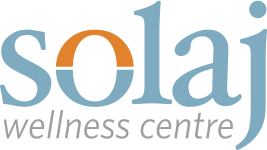Muscle strains, pulls or tears are damage to the muscle or it’s attaching tendon. Healthy muscles can withstand many of our day to day activities, however sudden movements, playing sports or lifting heavy objects are a few examples of how undue pressure can be placed on the tissues and cause damage.
Potential causes of muscle pulls include overloading the muscle or joint, impact from contact sports, overtraining, fatigue, weakness, structural or biomechanical issues, poor muscle coordination, inadequate warm-up or previous injury.
There are varying degrees of muscle strains, from mild (a few fibres) to severe (most fibres or complete tear). Once the muscle sustains such an injury, the body’s natural response is to lay down thick, fibrous scar tissue to help protect the area. As the scar tissue builds up, it actually slows down or even stops fresh blood from reaching the injured area, in turn slowing down the healing process and potentially causing more harm to the tissues. This is why some muscle strains take a long time to heal or sometimes don’t heal at all.
It is important to know that most cases are very treatable and respond well to alternative therapy. Active release techniques and cold laser therapy are extremely effective at healing these muscle injuries quickly.
- Swelling, bruising or tenderness
- Pain at rest
- Pain while moving the affected muscle or joint related to it
- Weakness of the muscle or inability to use it at all
- Chiropractic treatments restore alignment and mobility
- Cold Laser Therapy accelerates healing at a cellular level and reduces inflammation
- Active Release Technique® reduces stiffness and improves range of motion
